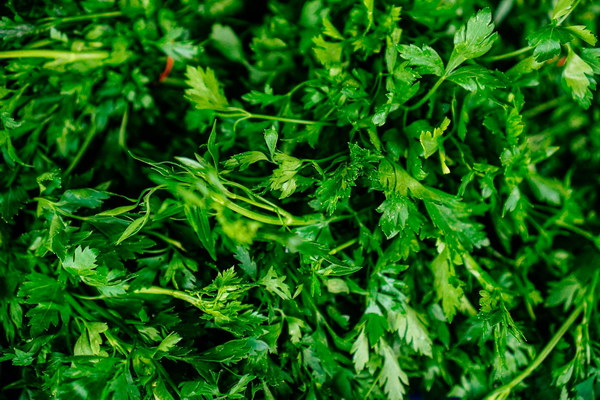Boosting Your Body's Resistance Nourishing Your Cold and Damp Constitution
In traditional Chinese medicine (TCM), individuals with a cold and damp constitution are often advised to follow a specific diet and lifestyle to maintain their health. A cold and damp constitution is characterized by symptoms such as fatigue, cold hands and feet, joint pain, and digestion issues. This article will guide you through the essential steps to nourish your cold and damp constitution, including dietary recommendations, herbal remedies, and lifestyle adjustments.
1. Diet
The foundation of treating a cold and damp constitution lies in your diet. Here are some key dietary recommendations:
a. Warm, nourishing foods: Incorporate foods that are warm and nourishing, such as soups, stews, and porridge. These foods help to expel cold and dampness from the body.
b. Spices: Use spices like ginger, cinnamon, and black pepper, which are known to warm the body and aid digestion.

c. Avoid cold and raw foods: Cold and raw foods can exacerbate cold and dampness. Minimize your intake of cold drinks, ice cream, salads, and uncooked vegetables.
d. Increase your intake of kidney-supporting foods: The kidneys are responsible for regulating the body's water balance and are associated with the cold and damp element. Foods like kidney beans, sweet potatoes, and almonds can help strengthen the kidneys.
e. Include a variety of B vitamins: B vitamins are essential for energy production and can help alleviate fatigue. Incorporate foods like whole grains, legumes, nuts, and seeds into your diet.
2. Herbs and Supplements
Herbs can be a powerful tool in balancing a cold and damp constitution. Here are some commonly used herbs:
a. Astragalus (Astragalus membranaceus): Known for its immune-boosting properties, astragalus helps to expel cold and dampness.
b. Cinnamon (Cinnamomum cassia): Cinnamon warms the body and improves digestion, making it an excellent herb for a cold and damp constitution.
c. White peony (Paeonia lactiflora): This herb helps to expel dampness and relieve joint pain.
d. Atractylodes (Atractylodes macrocephala): Atractylodes is a traditional Chinese herb used to improve digestion and expel dampness.
Before starting any herbal regimen, it's crucial to consult with a qualified TCM practitioner to ensure the herbs are appropriate for your specific constitution.
3. Lifestyle Adjustments
a. Stay warm: Dress warmly to protect yourself from the cold weather, especially during the winter months.
b. Regular exercise: Engage in moderate exercise, such as walking, tai chi, or yoga, to improve circulation and boost your immune system.
c. Adequate rest: Ensure you get enough sleep to allow your body to recover and recharge.
d. Reduce stress: Stress can exacerbate symptoms of a cold and damp constitution. Practice stress-reduction techniques, such as meditation, deep breathing exercises, or hobbies.
4. Acupuncture and Massage
Acupuncture and massage can help balance your body's energy and alleviate symptoms of a cold and damp constitution. These treatments are often used in conjunction with diet, herbs, and lifestyle adjustments for the best results.
In conclusion, nourishing your cold and damp constitution requires a holistic approach that includes a warm, nourishing diet, appropriate herbs and supplements, lifestyle adjustments, and alternative therapies. By taking these steps, you can help strengthen your body's resistance and improve your overall well-being. Remember to consult with a qualified TCM practitioner to tailor these recommendations to your specific needs.









